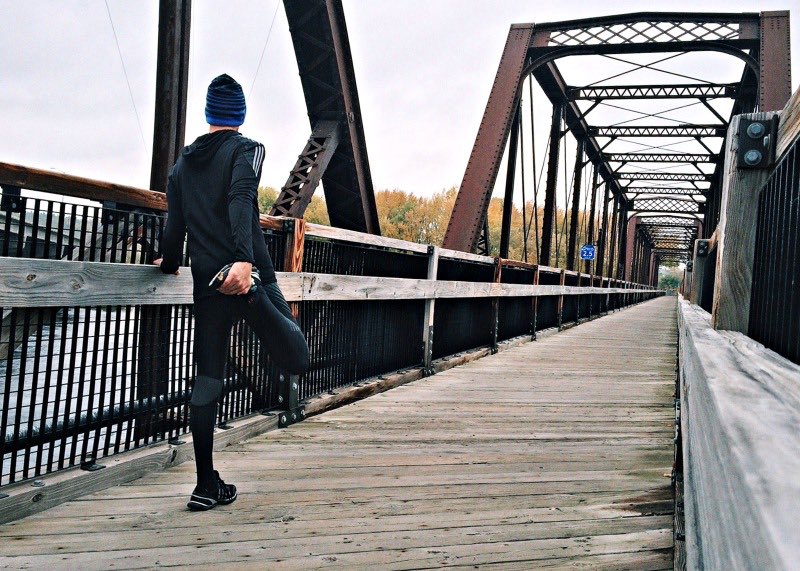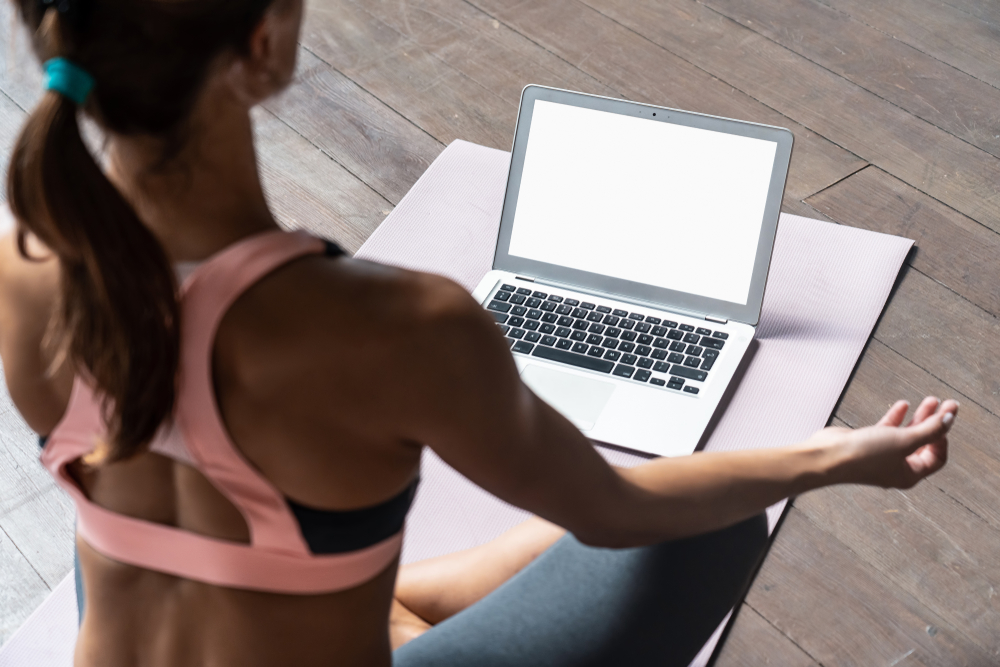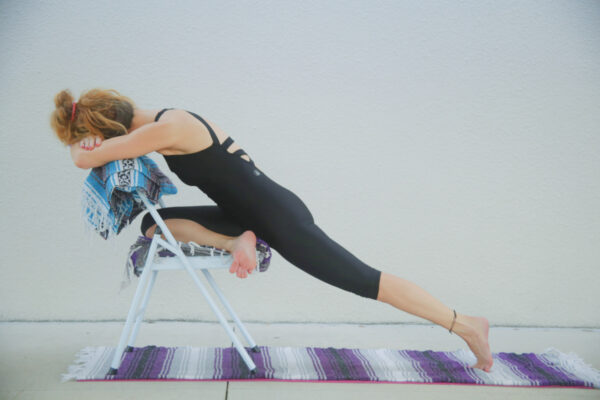Whether you’ve always had some form of an exercise routine or you’ve recently found yourself needing or wanting to incorporate a fitness routine into your life, figuring out when, where and how you will work out are some of the challenges you will or have faced.
I myself have exercised regularly for the better part of my adult life–of course, there are have been extended periods of time during which fitness has taken the backseat–but for the most part, I’ve managed to fit it in.
The key is finding balance

When life is simple and straightforward, it may be easy to commit several hours a week to exercise, but those phases don’t seem to last long.
Still, it’s definitely possible to incorporate exercise into your days even when you’re short on time and/or energy, and we guarantee you’ll feel a lot better for it.
When I was working three jobs at once, I worked out. Both times I was pregnant and dealing with terrible morning sickness and sciatic pain.
When I had infants, I exercised. Now that I’m busy raising two kids, working from home and managing a freelance career and a household, I exercise.
I’m not bragging. Making time for exercise is challenging. I’ve had to force myself to get up and get moving more times than I can count. I’ve had to quit routines and restart new ones over and over.
I’ve had to settle for 10-minute workouts here and there and there have been many weeks, I wasn’t able or willing to exercise at all. But I always tell myself that something is better than nothing, and it truly is.
Here are some ways you can incorporate fitness into your life even when it seems overwhelming.
Mix movement into your day

If you’re starting from square one–you haven’t ever exercised much or it’s been a long time since you have–start small.
Take short, brisk walks every day or even just several days a week, take the stairs instead of the elevator, park in the far spot at the mall.
Just focus on moving more for a while so that your muscles, including your heart, can ease into it and aren’t shocked by a sudden change.
I love using a fitness tracker to track daily steps and active minutes. The recommended daily step target is typically between 10,000 and 12,000 but most people don’t get near that many.
Try tracking your norm for a few days and once you see what your usual average is, bump it up from there.
For example, if after a few days of regular life you see that you typically take around 3,500 steps per day, start with a goal of 5,000.
Start small, but be intentional

When my children were younger and I didn’t have a gym membership, I would incorporate little bits of exercise into each day by say walking in place while I washed dishes, doing squats as I put them away, curling the grocery bags as I brought them in from the car, having dance parties in the living room, etc.
These are things anyone can do any time of day to help build strength, endurance and stamina even when short on time.
Choose a time that works for you

Forcing yourself to wake up at 5a.m. or stay up until midnight, just doesn’t work for most people–at least not long term.
I’m not a morning person, so typically I do my at-home workouts in the evening a couple of hours before I go to bed, but for some people if it doesn’t happen in the morning it won’t happen at all.
Decide when you feel best and commit to even a short workout during that time at least a few days a week.
Utilize modern resources

One of the most wonderful and useful things to come out of the Internet and social media is the abundance of absolutely free fitness resources that are now accessible to anyone with an Internet connection.
On YouTube there are countless channels dedicated to offering free exercise classes to the masses.
You can find everything from 10-minute yoga practices to hour-long cardio dance classes all in one place, so that you can do exactly what works best for the time you have and what your body needs.
There are also loads of both free and paid apps on both the Apple App Store and on Google Play, that put a huge variety of fitness programs right at your fingertips.
Personally, I love the apps that give me quick and complete workouts to do when I’m in a hurry.
Join a fitness class

Some of us really need accountability when it comes to exercise. Taking part in a fitness class or classes is a great way to connect with other people who are likely to recognize you and check in when they see you around.
If you’re not worried about letting yourself down by skipping a workout, you might be concerned with someone else noticing that you bailed.
Fitness classes are also great, because you don’t have to plan anything but getting there. Someone else has already done the work of figuring out what you’ll be doing and when you’ll be doing it.
Sometimes if I’m feeling tired and unmotivated and have zero desire to plan out a workout, I’ll just drop in on a class so I don’t have to use up any of my mental energy.
It works!
Make it a habit

Whatever you decide to do and however you decide to do it, commit to doing it long enough to form a habit.
A couple times a year I like to commit to a thirty-day fitness challenge—sometimes it’s yoga, or squats or ab work.
It’s not really about wanting to get more flexible or getting toned abs, it’s about doing something regularly because eventually it begins to feel like a normal and even necessary part of the daily routine.
After a month of doing something daily, not doing it begins to feel wrong and your daily routine will feel incomplete.
Also read: Best exercise and fitness routines in your fifties






Alish
Sensible post. Ill just add 6 easy tips when traveling:
*Wear comfortable, loose clothing.
*Move your feet and ankles every 30 minutes (10 flexes and 10 circles).
*Drink plenty of fluids to avoid dehydration; avoid alcohol.
*Take a short walk at least every two hours, be it on the plane or train or at a service station.
*Do not cross your legs as this reduces blood flow.
*Wear compression socks or compression stockings to prevent symptoms and swelling.